Everything about Iran: art, cuisine, people, women’s Hijab
Out of the vast internet sea, you will find a lot of information about Iran. Some of that information is false or fallacious in its generalizations (Iranians don’t use furniture in their homes), some are trivial (Iranians have garlic shampoo) and some… is over repeated (alcohol is banned in Iran, oh, so, so sad). I myself wrote about how and why Iran is safe, why you should visit Iran, how generous the Iranians are and what I felt, as a European, in interacting with taarof, why hijab is nothing to be worried about and other topics. Many of these mysteries had already been unravelled in other articles.
This article is going to be different. I’m going to assume that you can point Iran on a map, and know all the basics about this country. Maybe you have gathered info while planning for a trip here? Or maybe you don’t have the chance to do it right now, but if fascinates you, as it did fascinate me, and you’d like to know more about it. In any case, in this article, I will tell you some things that you are unlikely to find around the world wide web, so there’s a chance you never heard of these. This is meant to give a better feeling of what Iran is like to people that know much about the country but have not yet walked on its earth.
Iranian artistic identity is quite alive
I’ll start with what is important for me: art! Everywhere I travel I do my best to keep an eye on local art. The form of art, as well as the visible degree of artistic freedom present in a country, are the telltale of what a whole nation holds to be important. Public art can either be an expression of the will of the citizens or the state, and it can promote a direction of thought through the materialization of a conceptualized ideal.
I grew up in post-Soviet Moldova. I know all too well that the Soviet promotion of art was only performed in the boundaries in which it sponsored state ideals and communist thought. Before coming to Iran, I had heard many people, even in neighbouring countries, say that Iranians aren’t at all free to express themselves. I thus imagined to see the same trend I had witnessed as a kid: state-sponsored art ever featuring Islamic values.
I was wrong! Yes, there are quite a few mural paintings depicting Iraq-Iran war veterans, occasionally religious figures and episodes and, rarely, the two Political Leaders of Iran (though they are always present on institutional buildings). But the state-sponsored share of art on the streets is smaller than what independent artists produce. Also, not all public-sponsored art has anything to do with the state and country.
In fact, anyone paying attention will be amazed by the artistic subjects and styles present here. Parks are dotted with impressive statues that seem to come from a mix of all artistic currents I had learned of when I was in Europe. Modern art, in the form of graffiti, murals, street rap, statues, and many more, is a testament to the fact that Iranians do not stoop so low as to venerate the ashes of their rich artistic history, but actively engage in a continuous creative process. This independent artistic expression can touch anyone, no matter how sensitive to the realm of aesthetics and irrespective of belonging to certain cultural, political or religious groups. Iranian art often also has undertones of social activism.

Contemporary Iranian art
How Iranians spend their leisure time
Another interesting thing about Iranians is how they spend their leisure time. Iranians do not have access to the pastimes we commonly enjoy in the West. But they certainly have developed and refined a way to get some well-deserved relaxation, of course!
In Europe, enclosed parks are usually sealed from evening until morning. While this is true of some historical parks in Iran, most of them are open. That’s because, especially during the weekend (which in Iran is on Thursday and Friday), Iranian families and groups of friends have a very important activity to partake in: picnics. Picnics are, apparently, Iranians’ most common way of spending their free time. Is it a lazy day and you have nothing to do? In Europe you’ll probably meet your buddies at a bar, in Iran you get your people or friends out for a picnic with some food, tea, and probably a hookah (hubble-bubble). It is not only a good occasion to relax, but also to socialize.
Another thing Iranians do is going shopping. Sometimes without buying anything!
Sometimes they just go visiting members of their wider family just to keep up with the news and gossip, let the kids play, and have a good meal! New generations can meet to watch series or movies together, and discuss various interpretations, and this is in fact a quite popular activity. The time and occasion for meetings can also be determined by regional traditions. For example, in the southern region of Khuzestan, families congregate after dinner for some hookah.
Another way to spend, or waste, as you see it, leisure time for Iranians is social media. There is, in fact, especially with regards to Instagram, a significant social media addiction. People can spend several hours a day on social media. It is, in fact, a significant social problem.
Far more healthy of a pastime is travelling. As you do, many Iranians used to travel to other countries before the sanctions. Neighbouring countries were the most common destinations, as well as, for the wealthier of them, Europe, South-East Asia, or the Americas. Now travelling for Iranians is a much costlier endeavour, because of how cheap their currency is compared to the foreign currencies.
As you can understand, Iranians spend their free time in all the ways you wouldn’t think. If you will be so lucky as to come here you will most certainly be invited by some locals to spend some time together. You should experience this, and feel the vibes of how different Iranians spend their free time. 110% fun! Guaranteed!
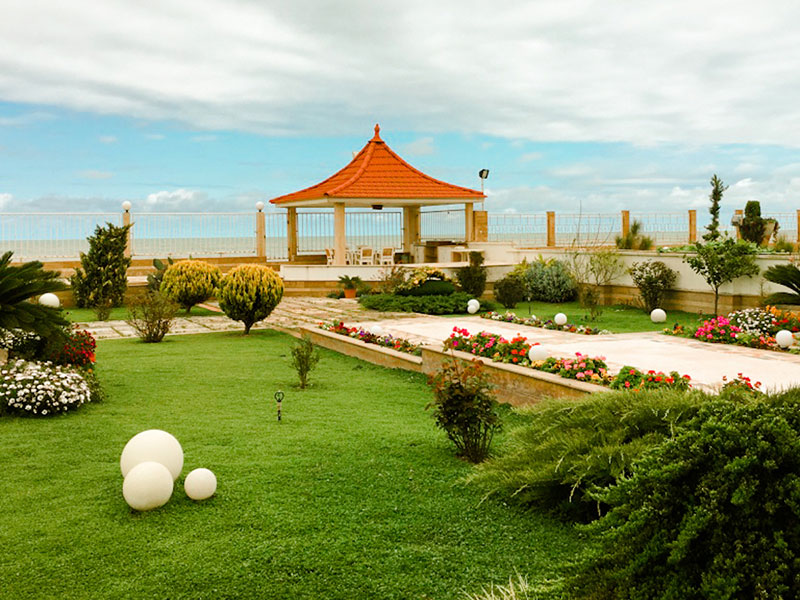
Luxury houses in the Caspian sea region is a popular place among Iranians to spend leisure time.
Iran is a modern country
If you read something about Iran before, you must surely know that the country permits no access to funds held in otherwise international banking circuits. Simply put, most articles giving tips about Iran will mention that you need to bring in cash, and this is true. But how many of these articles mention that you can have prepaid cards and that you can pay for almost everything with them? Similarly, how many articles mention that Iran has some of the best apps around to offer you a myriad of services online, some of which outright eliminate the possibility of being scammed? Or that walking in a restaurant or café feels in no way different to entering a European one (except for the absence of alcohol). You can have a chat there or an open mic for practising some poetry, and how about a café with ice walls!? Or that there are countless companies, among which the one I’m working in, that have company cultures in no way different to the best companies in Europe (cooperation between workers, supportive leaders, result-driven assessments, leisure space if you want to look for inspiration or a break, group bonding initiatives, etc.)
Unbeknownst to even the most well-informed Westerners, Iranian businesses offer many services, and there is little that the law doesn’t forbid that you can’t find!
You can of course well deduce that the US sanctions are taking their toll on the Iranian economy, and that on average people’s wages are significantly lower compared to European standards. Nevertheless, Iran has access to many natural resources, which still allows for development projects. Moreover, there is a large share of the Iranian population, the middle and upper classes, who have access to the aforementioned services, and some business industries are growing despite the economic pressure.
Iran is, therefore, a modern country, and you should dispense with the idea that it is backwards in, for example, infrastructure, or that internet or banking services are non-existent when, in fact, they are thriving domestically.
The consequences of the sanctions can be felt in the transportation industry, however. The result? Really bad planes. And really lovely buses. You should know, if you or some friend go to Iran, that planes here are kind of… unreliable. The lack of spare parts make maintenance very costly and very inefficient, so domestic flights are not that cheap, and there have been quite a few accidents in the past couple of decades. On the other hand, Iranian buses are somehow beyond what I have experienced in Europe. They feel luxurious, and quality and price competition make for really good rides at really cheap prices. And the Iranian landscapes are impressive!
If you come here I really do suggest you get a bus ride between cities.
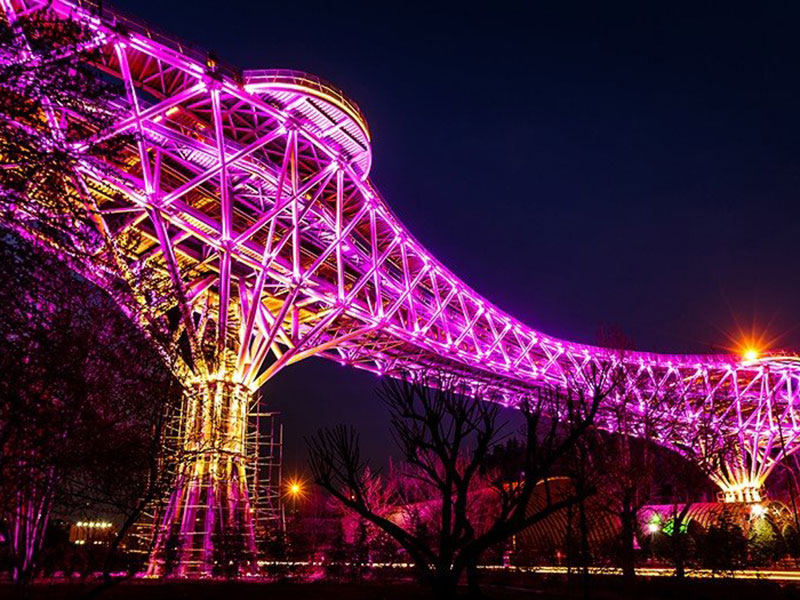
Tabi’at Bridge-an example of modern architecture in Iran.
Everything about Iranian women
Another thing is hijab. Hijab has brought an interesting social developments. Now it’s more like fancy jab, you know? In Iran, a large majority of women do not come from religiously conservative families. Perfect hijab is thus rarely observed in Iran, i.e. women almost never fully cover their hair, and many sport dyed hair in all possible colours.
So, while of course still respecting the law, they manage to transform hijab into a fashion statement. They match colours, choose the fabric, combine it for the makeup and hair colour, nails and manteau etc.
Speaking of makeup, the country is a really large consumer of makeup products, in part because of hijab. While this may be mentioned in some articles, the use of makeup is usually pinpointed as simply a symbol of rebellion. This may certainly happen, but it is one of those fallacious generalizations I had mentioned at the beginning of the article.
The use of makeup in Iran is as ancient as Persia itself. We know that Iranian women used make-up since ancient time, and that this usage has persisted through the ages enough that it has become part of the culture. With modern technology more ways to beautify oneself appeared. That explains why the time I went at a marriage it looked like half of the women were blue-eyed. Another step has been taken in this direction is plastic surgery.
Plastic surgery is a huge thing in Iran, and Iranian doctors are said to be very rich. In any case they’ll get you the best nose! Plastic surgery is not only socially accepted as much as socially encouraged, and there are also some men doing it. Lips, facelifts, nose jobs, and more are on a respectable Iranian surgeon’s menu.
Come to Iran, you’ll find the best noses!
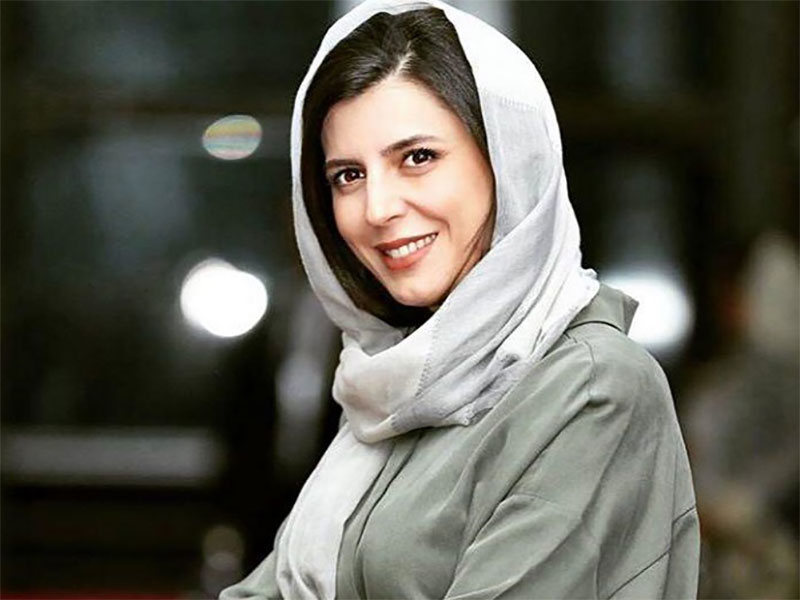
Persian Cuisine
And finally, as my lunchtime approaches, I will leave you with one last fact about Iran. One that I immensely care for. I hope you’re not on a diet when you come to Iran. I hope you’re like me: I like to eat a lot! really a lot! I like it when they bring me a portion but it looks like two people need to eat it!
I already wrote an article about the philosophy underlying the Iranian cuisine, its diversity, uniqueness, and why you should try it. What I forgot to mention is that Iranian meals are huge <3 ! They look like three people need to eat them. So the last thing you should know is that people don’t travel here for dietary purposes. Don’t try to come and be on a diet. That’s it!
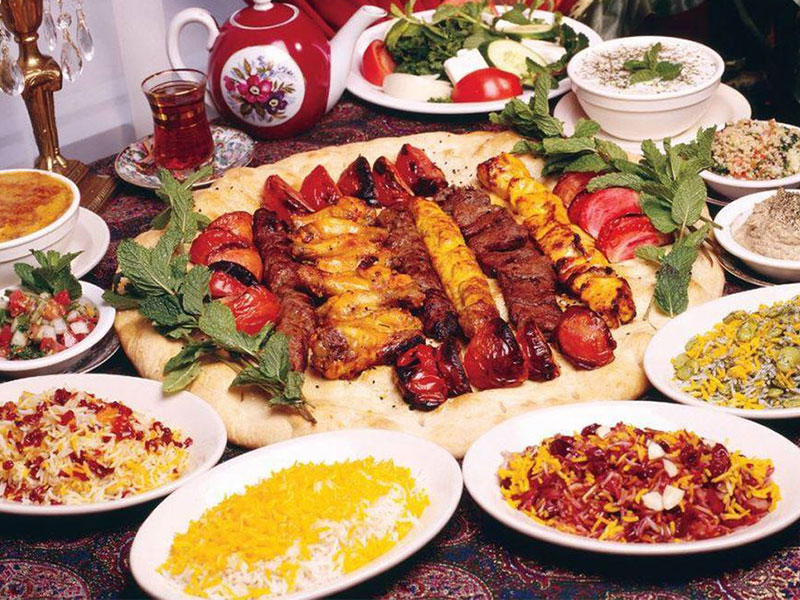
Experiencing Persian Cuisine is the best part of traveling to Iran!
Now I’m off to my portion(s).
Are you planning to travel to Iran? Check out our Iran tours.

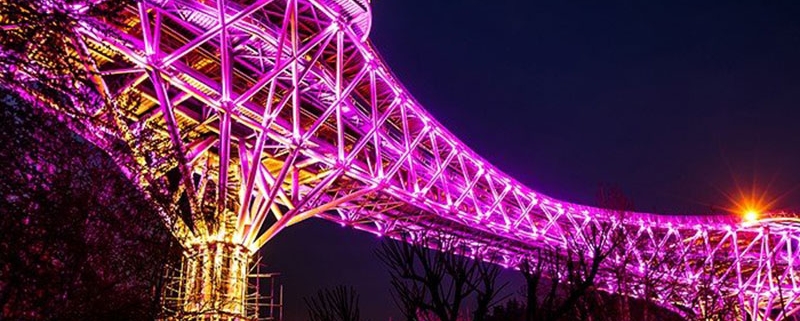




Leave a Reply
Want to join the discussion?Feel free to contribute!